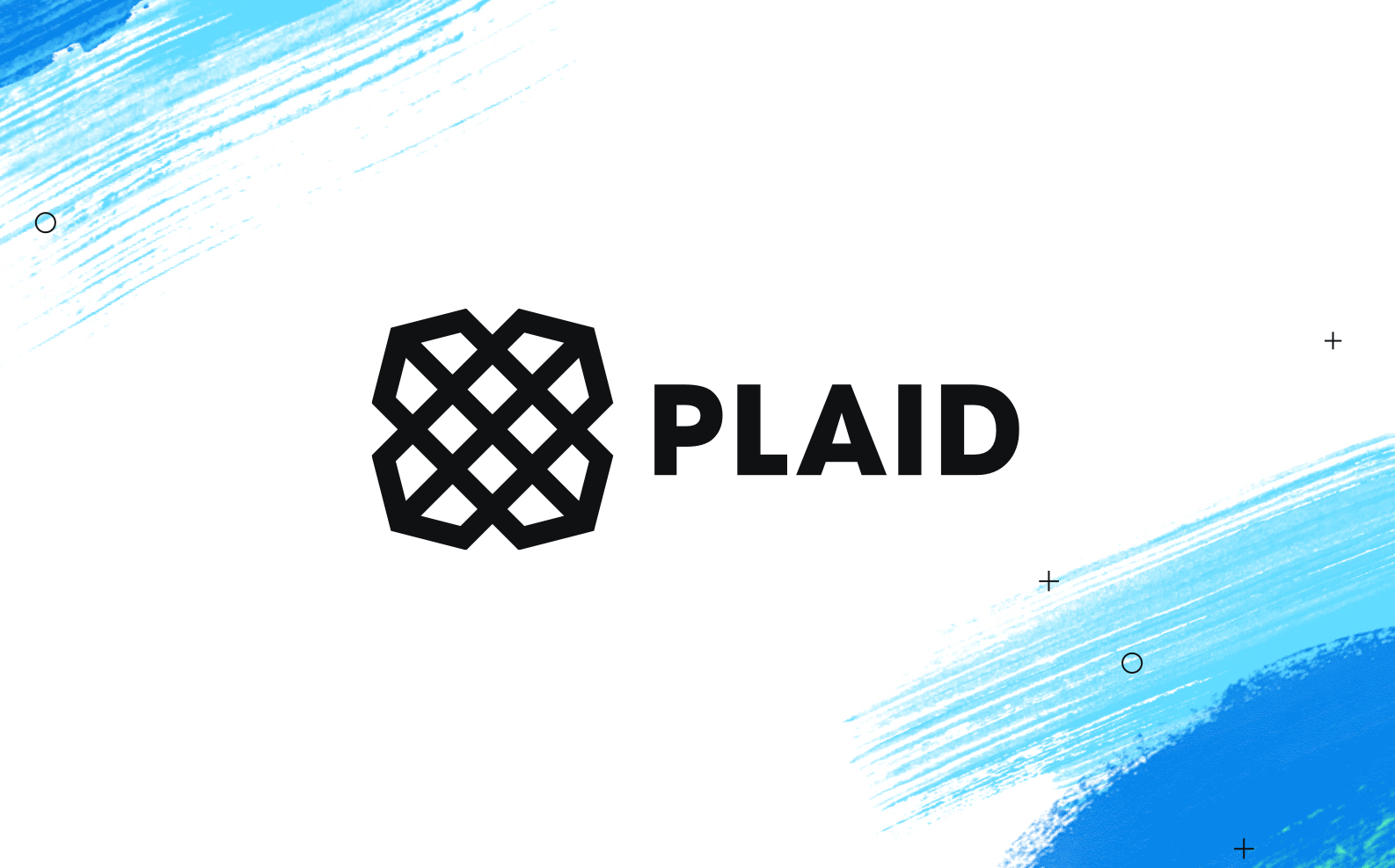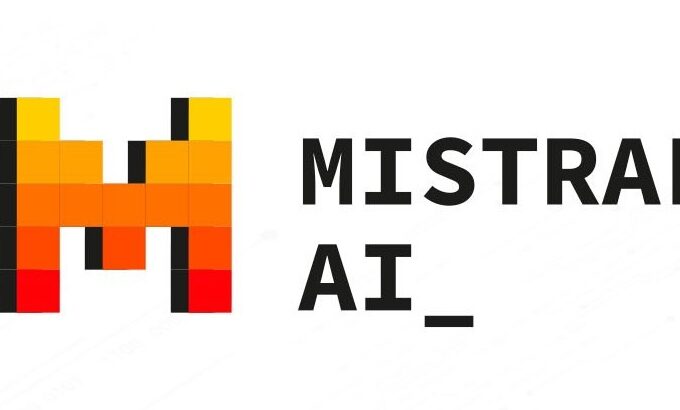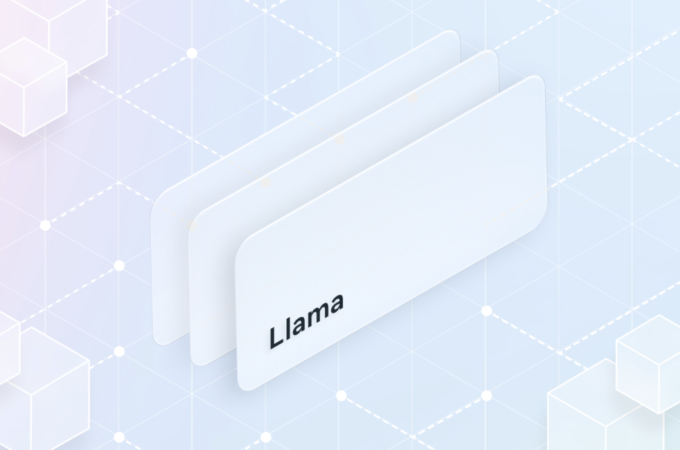
Plaid Launches API Exchange To Accelerate Open Banking And Digital Transformation
via Forbes
Data connectivity firm Plaid, which was acquired by Visa in January for $5.3 billion, announced the launch of the Plaid Exchange (PX). According to a press release:
“As fintech adoption has grown so have the needs of those institutions who must now manage unprecedented customer connections across thousands of fintech apps. Plaid Exchange gives institutions an open finance platform that includes everything they need to manage the data connectivity customers demand.”
According to Plaid, the exchange will provide banks with “API connectivity in a box.” Based on a conversation with two Plaid executives (and drawing from a Plaid blog post), here’s a Q&A about PX:
- What’s in the box? Plaid Exchange integration. Value-adds include the ability update data when new data is available, security and network notifications, and digital roadmaps. The solution also includes a Gateway API, so theoretically a financial institution can use Plaid as an integration layer for data aggregators or fintechs it wants to enable access to and from.
- What are the benefits to banks? 1) Leverage secure tokenization for maintaining account connectivity, and 2) With a bi-directional PX integration, smarter scheduling and load management for data updates.
- Who’s the target market? Any bank that wants to spin up an API data access strategy quickly, from integration to supporting infrastructure, tools and services. PX has been designed to engage a broad range of North American banks, and will help small and mid-size banks accelerate their digital transformation and connectivity.
- What will PX cost? We expect there will be some cost to implement, but will make this as cost effective as we can, and will work with banks on a case by case basis to make sure this is something they can adopt. We expect the cost to vary largely around implementation needs based on the size of a bank’s internal team and capabilities.
- Is PX a migration strategy away from screen scraping? That’s evolving. While we have built individual direct integrations to thousands of financial institutions who do not have APIs, our vision has always been to accelerate API-based data access across the entire ecosystem, and Plaid Exchange is our solution to do that.
- Will PX become a digital identity service? There’s a long way to go for something like that.

Plaid Exchange Platform SOURCE: PLAID
Mid-Sized Financial Institutions Are Getting Into APIs
There’s strong demand for APIs across a range of financial institutions.
According to Cornerstone Advisors’ What’s Going On in Banking 2020 study, more than half of credit unions have already deployed APIs and about a quarter plan to this year. Among banks, adoption is much lower—just one in five have already deployed APIs—but about a quarter plan to deploy them in 2020.

API Deployment Plans SOURCE: CORNERSTONE ADVISORS
According to Brad Smith, Managing Director of Technology Solutions at Cornerstone Advisors:
“The increased focus on APIs is driven largely by the explosion of digital sales platforms and the need for larger sets of real-time data to and from the core, KYC platforms, and other service providers. Large banks have accelerated their adoption of Mulesoft since the Salesforce acquisition, but mid-sized institutions still rely heavily on their core’s lumbering middleware tools.”
Plaid is Playing Offense and Defense
For all the talk about accelerating digital transformation and open banking, there are some underlying drivers compelling Plaid to launch PX:
1) Placating large banks. Finextra reported that “PNC Bank has been inundated with complaints from customers who have been left unable to connect their accounts to the Venmo app after a security update from the bank locked out data aggregator Plaid.” The new exchange will help reduce the screen scraping squawks coming from some big banks.
2) Finding new revenue streams. Visa estimates Plaid’s revenue at about $109 million and its total addressable market at roughly $3.1 billion. That’s peanuts. Plaid likens PX to Amazon Web Services, which also started out as an internal project—and now generates billions in annual revenue for the Big Tech firm.
3) Protecting old revenue streams. Plaid’s core customer base—fintechs—are hurting because of the COVID-19 crisis. Fintech lenders have been hit hard with loan defaults, while challenger banks are suffering from reduced payments volume.
The Open Finance Delusion
Plaid’s press release quotes Celent analyst Kieran Hines:
“Building on innovation opportunities spurred by open banking, the broader concept of open finance is rising up the industry agenda. Banks that fail to take advantage are missing out on strategic growth opportunities.”
That might be true in the UK (where Hines is based), but not in the US.
Open banking requires common definitions and standards to make data sharing usable. How is that going to happen? One of three ways: 1) Government regulations; 2) Industry consortia; or 3) Platforms.
From a US perspective, #1 isn’t likely to happen.
The Financial Data Exchange (FDX) is an example of #2, but it’s dominated by the large banks, making community banks and credit unions mistrustful of the consortium.
Can Plaid Exchange be the platform that enables open banking in the US?
Maybe, but “open banking” isn’t the path to success for the exchange.
Open Banking Isn’t The Selling Point
Not once in the five-year history of Cornerstone Advisors’ What’s Going On in Banking study has any bank said they were investing in “open banking.”
What they want is better—i.e., more timely, higher quality—data.
Here’s what one financial institution executive recently lamented about:
“The ability to update data when it’s available is a win for banks that want to use timely data from other institutions’ accounts. But as I understand it, if customers don’t log in, updates from the aggregated banks don’t happen, and banks don’t see the transaction data from other institutions until the customer logs in again.”
With Plaid Exchange, updates will be regular and ongoing as new data is available, as long as the customer has properly authenticated and authorized the external account.
That’s a real benefit to banks—and what Plaid should be selling. Not “digital transformation” or “open banking.”
Will PX Sell?
The Plaid Exchange is a strong vision and will get the attention of a lot of financial institutions. Plaid’s promise to keep cost from being a barrier to adoption is a plus. But Plaid must still overcome some hurdles:
- Trust. If Plaid is truly committed to serving the mid-sized institution market, it will need to overcome perceptions that Visa/Plaid favors the large institutions who contribute the lion’s share of Visa’s revenue. Many banks will also be concerned with attrition within Plaid’s ranks on the heels of the acquisition.
- Competition. Credit unions have been faster out of the gate with APIs with banks—and have providers like Constellation Digital Partners and Sherpa Technologies who focus on the credit union market. Competition from these players may slow interest in PX among credit unions.
- Product roadmap. PX services on launch day aren’t a compelling enough proposition to get banks’ long-term commitment. I heard a number of times in my call with Plaid about their plans to build products on top of the exchange. But nothing elicits grief in bankers than listening to vendors’ product roadmap plans.





